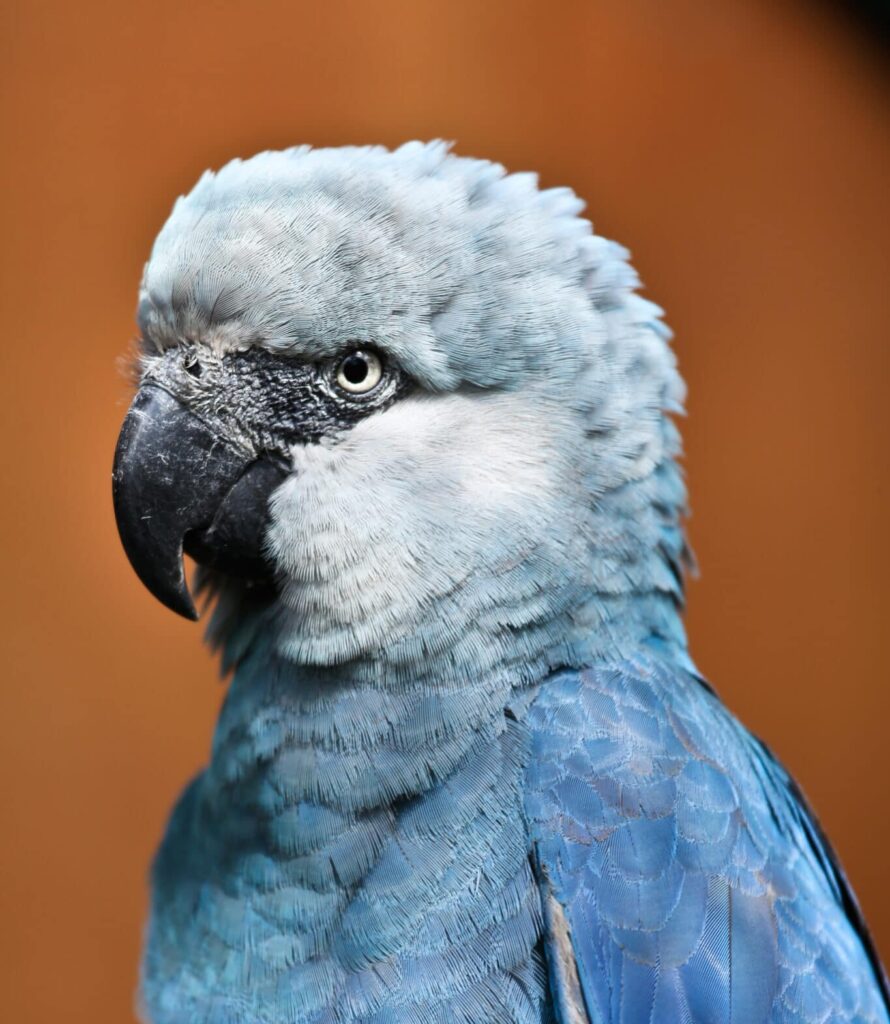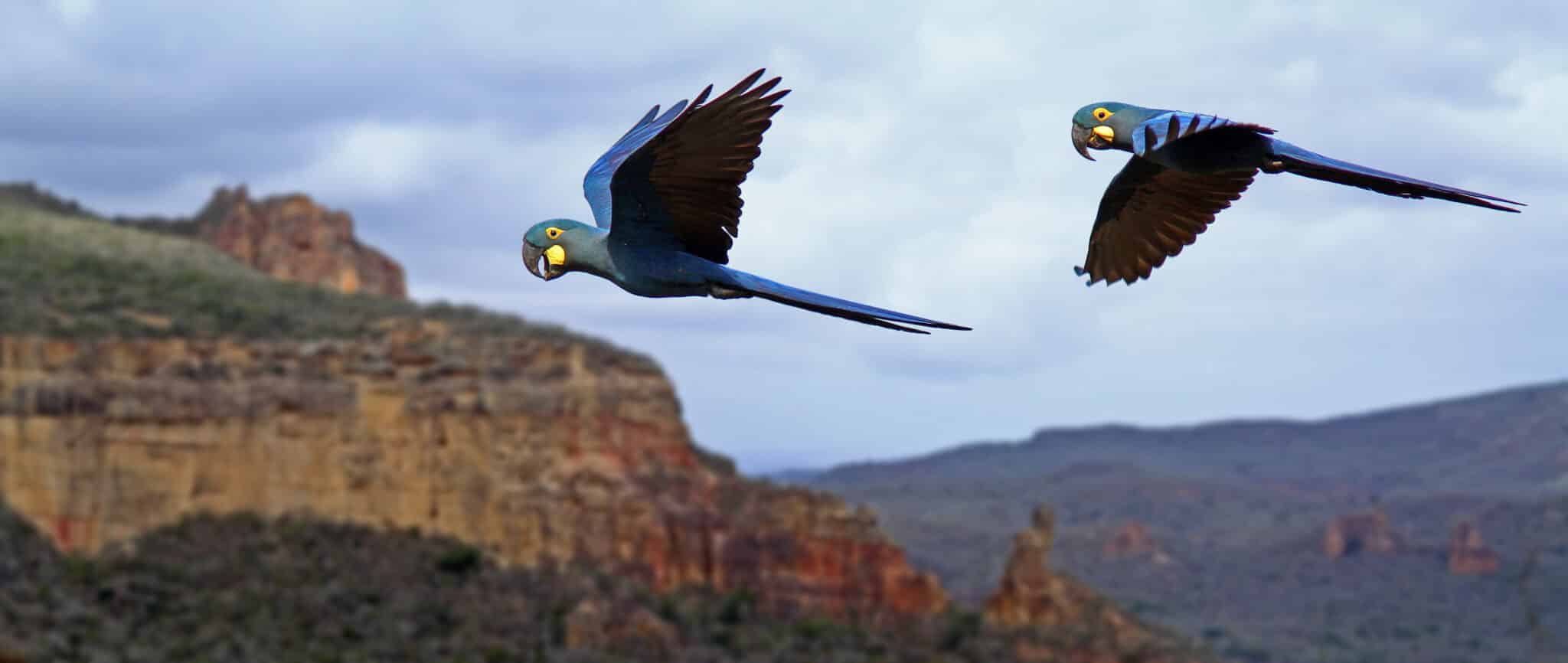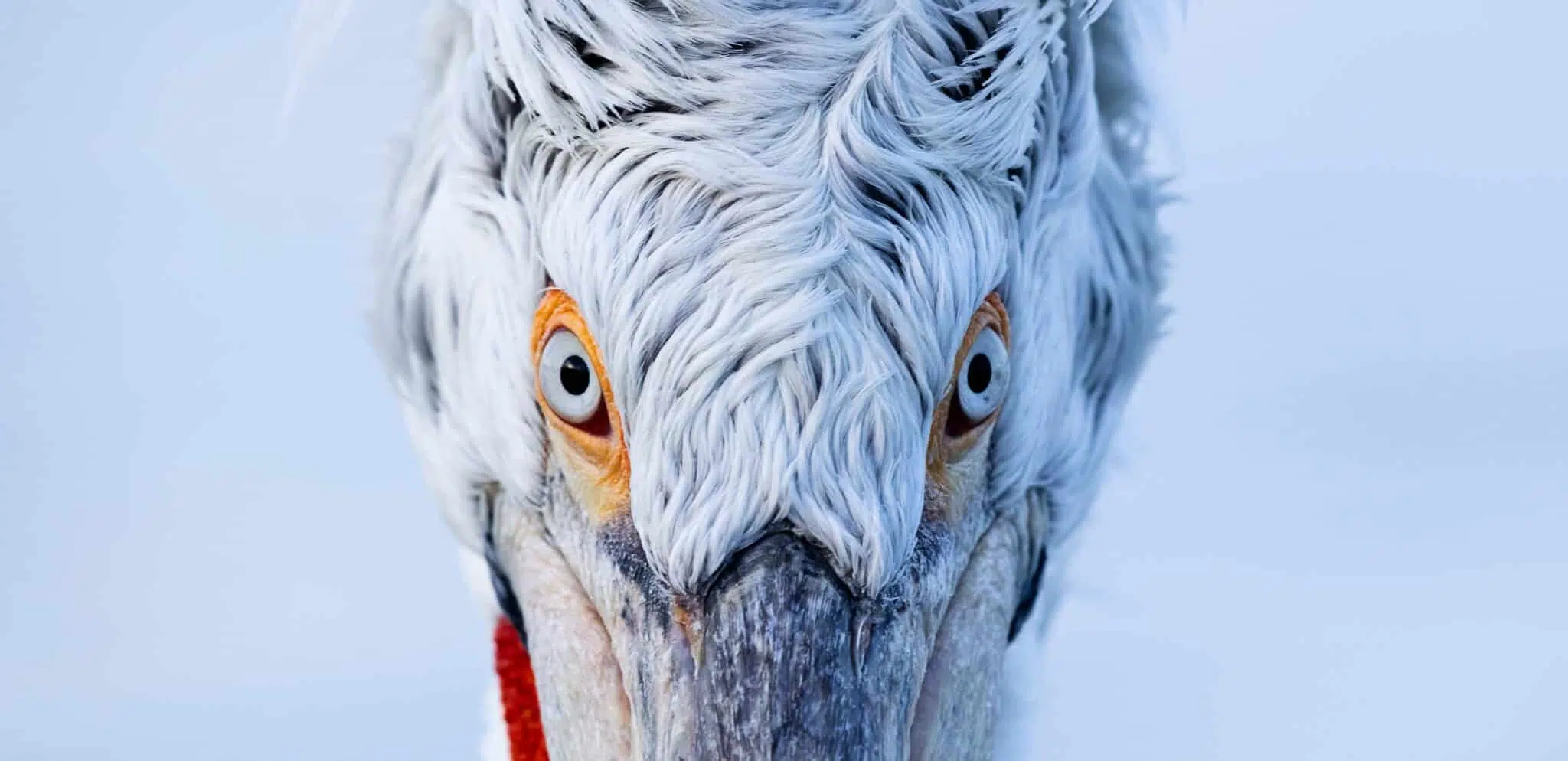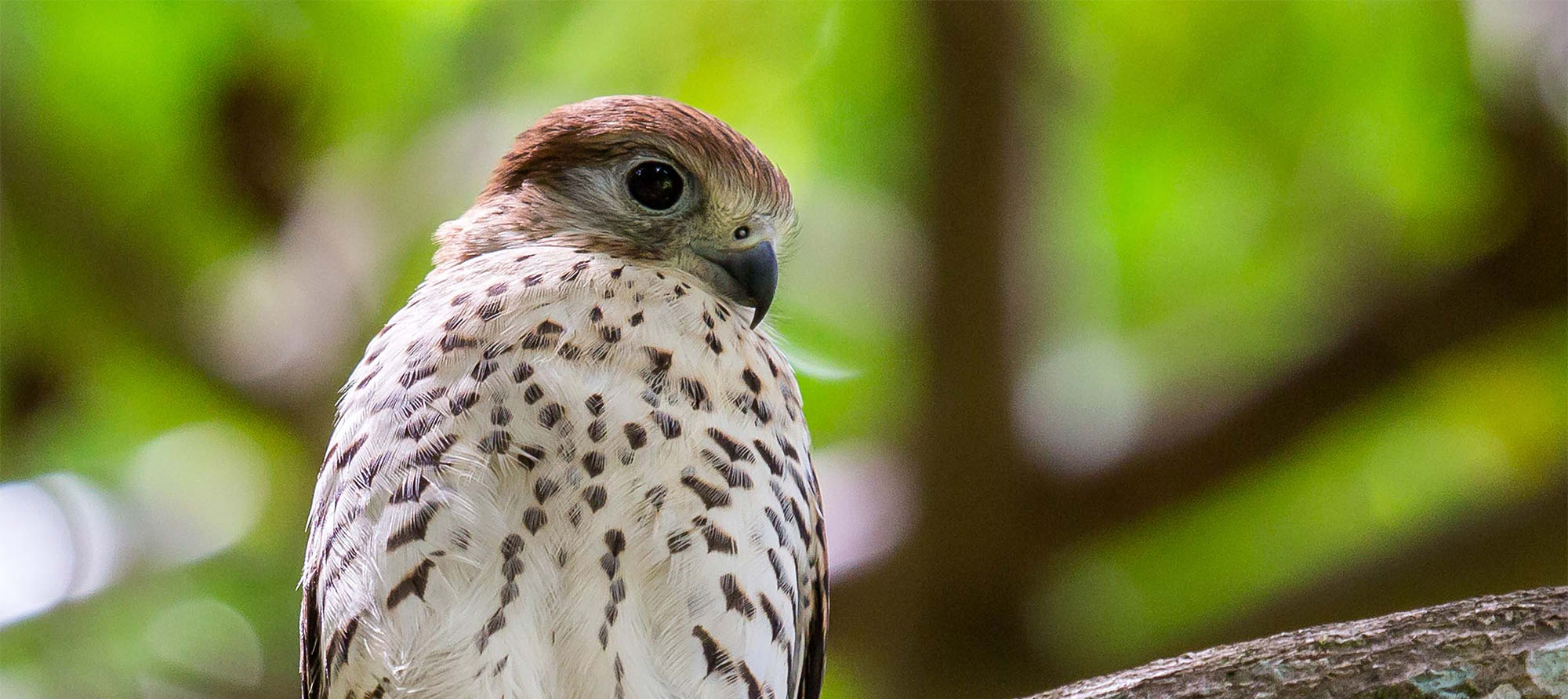Over half the world’s threatened species require targeted conservation efforts to prevent their extinction
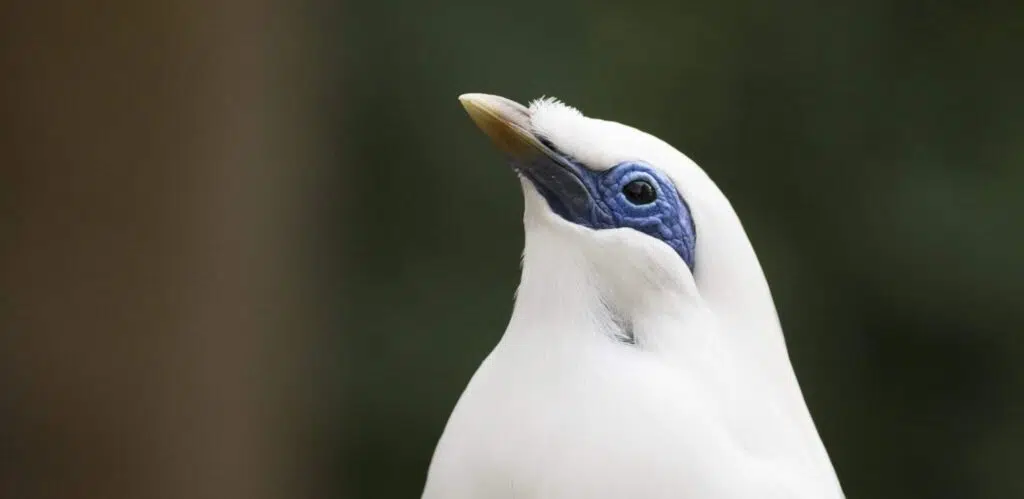
A new paper involving BirdLife authors has found that while addressing key threats such as habitat loss and overexploitation is necessary for most of the world’s threatened species, a staggering 57 per cent would still require targeted conservation efforts to prevent their extinction. It is therefore critical that governments commit to implementing these actions in international plans to avert the biodiversity crisis.
Human actions, and our seemingly insatiable need to consume the world’s natural resources, have left the world in an unprecedented biodiversity crisis. Vast areas of pristine habitat have been cleared for agriculture, countless species’ populations have been devastated by unsustainable hunting and trade, and invasive species have been transported to some of the world’s most remote islands, wreaking havoc on their native species. Over a million species are now estimated to be threatened with extinction, and our failure to suitably meet any of the UN’s Aichi targets for biodiversity are a damning indictment of our efforts to save the natural world.
However, amidst this destruction, which often dominates media headlines, there are countless examples showing that conservation works. Through protecting and restoring important ecosystems, addressing key drivers of extinction, and working alongside Indigenous Peoples and local communities, even species in the most perilous circumstances have been saved. In fact, since 1993 conservation efforts have helped prevent the extinction of 21-32 bird species, and hundreds of threatened species have benefited from initiatives such as BirdLife’s Preventing Extinctions Programme. These success stories emphasise that through dedicated conservation effort, hope is not lost and real change can be achieved.
By Liam Hughes
Header image: On certain Indonesian islands captive Bali Myna’s are being released back into the wild © Omepl1 / Shutterstock
Encouragingly, there are also signs the international community is finally beginning to recognise the full importance of conserving nature, not just for its own sake but for our own survival. Just last week, the world’s governments voted in resounding favour for a clean, healthy and sustainable environment to be recognised as a universal human right, an acknowledgement of the array of benefits nature brings us, from healthy soils and clean water to preventing floods and ensuring a stable food supply. That’s not to mention the vast amounts of Carbon absorbed and stored by ecosystems across the globe, vital to our continued fight against climate change, with this importance finally being recognised as nature conservation is increasingly at the forefront of the international climate agenda.
The state of the natural world does, however, mean that the collective actions needed to halt the biodiversity crisis are urgent, and the next decade is crucial. The world’s governments are currently negotiating the post-2020 Global Biodiversity Framework (GBF), an international strategy for the conservation of nature to 2030. Set to be adopted in Montreal, Canada, in December 2022, in the latest negotiations, momentum is growing among governments to commit to halting human-driven extinctions, as well as reducing species’ extinction risk.
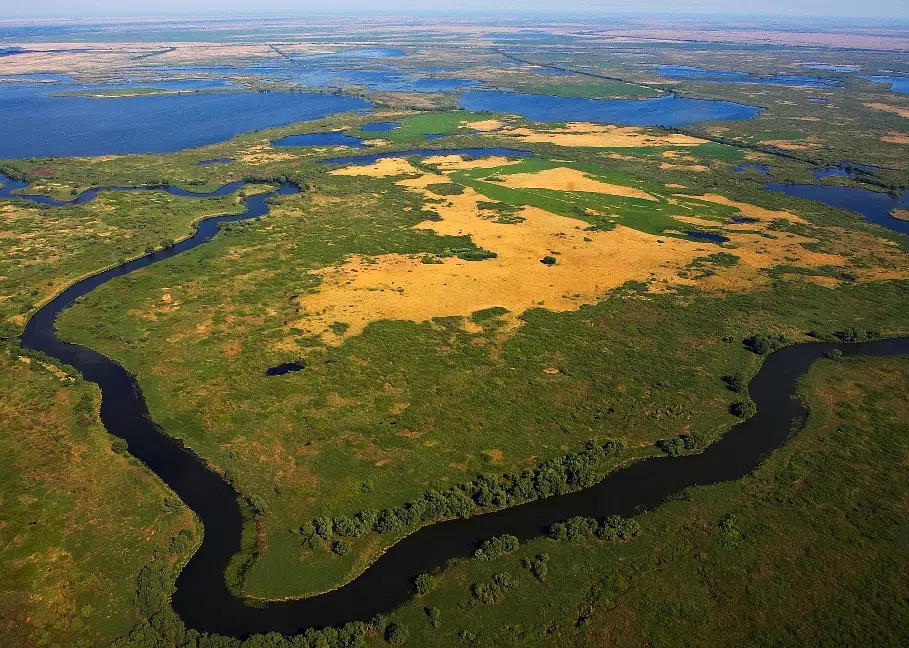
The actions required to achieve this are captured in a series of targets in the Framework. These include commitments to retain existing intact ecosystems, expand protected and conserved areas, and address particular threats, including overexploitation, invasive alien species, pollution and climate change. There is also a target to implement urgent actions to enable threatened species to recover, the result of strong advocacy efforts from several organisations, including BirdLife. Given the importance of the framework, it is vital that these targets are sufficiently comprehensive and ambitious to halt and reverse the biodiversity declines we are seeing across the world. A new paper led by the University of Newcastle and BirdLife International, set out to assess this, investigating how important each of the proposed targets are to reducing the extinction risk of over 7000 vertebrate, invertebrate and plant species.
The results were striking. Perhaps unsurprisingly, efforts to restore and protect key habitats are particularly crucial, benefitting 95 per cent of threatened species. Addressing the major threats to nature, such as overexploitation, invasive species and pollution were also important to a wide range of species. However, for over half of the world’s threatened species, these measures alone would not be enough to avert their extinction. For these species, dedicated, species-focused recovery actions are also needed, such as captive breeding in zoos, reintroduction, moving species to different locations and vaccination against diseases.
These results underline the importance of these targeted conservation efforts being included in the final version of the Global Biodiversity framework. ““This research shows that we can’t stop species from going extinct just by protecting particular areas and addressing key threats: some species needed dedicated efforts to help them recover”, stated co-author Dr Stuart Butchart, Chief Scientist at BirdLife International and one of the leads on the research. “It is therefore critical that governments adopt specific and measurable goals on species conservation, and a clear commitment to implement the actions needed to achieve these.”
The findings also showed that conservation efforts need to not only be focussed within highly diverse ecosystems, such as tropical rainforests, or across the great wildernesses such as the tundra. Nearly every country in the world is home to one of the species requiring targeted actions – and on average each country contains 54 species – emphasising the global effort needed to halt the current biodiversity crisis.
While the findings show the extent of conservation efforts needed to curb the rate of species loss, there are causes for optimism. “Now, we can identify the species that need such action, and we can monitor what is being done and what the impact of action is on those threatened species”, said Professor Phillip McGowan, another of the lead researchers. There are also many examples where these targeted actions have led to impressive recoveries for species on the brink of extinction.
Take for instance the Rarotonga Monarch, a flycatcher endemic to the remote Cook Islands in the Pacific. As recently as 1989, invasive alien Black Rats had driven the species’ population to as low as 29 birds. However, through removing rats in the forests to which the species is restricted, as well as moving some birds to form a new population on a nearby island, the species has recovered remarkably and has been downlisted to Vulnerable on the IUCN Red List. Another example is the artificial nest box programme run by Asociacion Armonia (BirdLife in Bolivia)to support the Critically Endangered Blue-throated Macaw. Over the last 15 years, this has helped over 100 chicks to fledge – close to one-quarter of the species’ global population – helping the population to steadily rise.
A particularly ambitious example of these targeted efforts comes from just a few months ago when an initial eight captive-bred Spix’s Macaws were released into their native Caatinga forests in Brazil, 20 years after the last wild individual had disappeared. While this project is still in its infancy, and there’s a long way to go until Spix’s Macaw can once again be considered established in the wild, it offers a glimpse at the extraordinary efforts that are needed, yet can be achieved, to turn the tide the current wave of extinctions.
While the challenges we face are no doubt significant, these examples prove that through dedicated conservation efforts, extraordinary success stories are possible. It is now imperative that the world’s governments commit to making these changes happen, and that these commitments are fully implemented.
““This research shows that we can’t stop species from going extinct just by protecting particular areas and addressing key threats: some species needed dedicated efforts to help them recover”,Dr Stuart Butchart, Chief Scientist at BirdLife International
